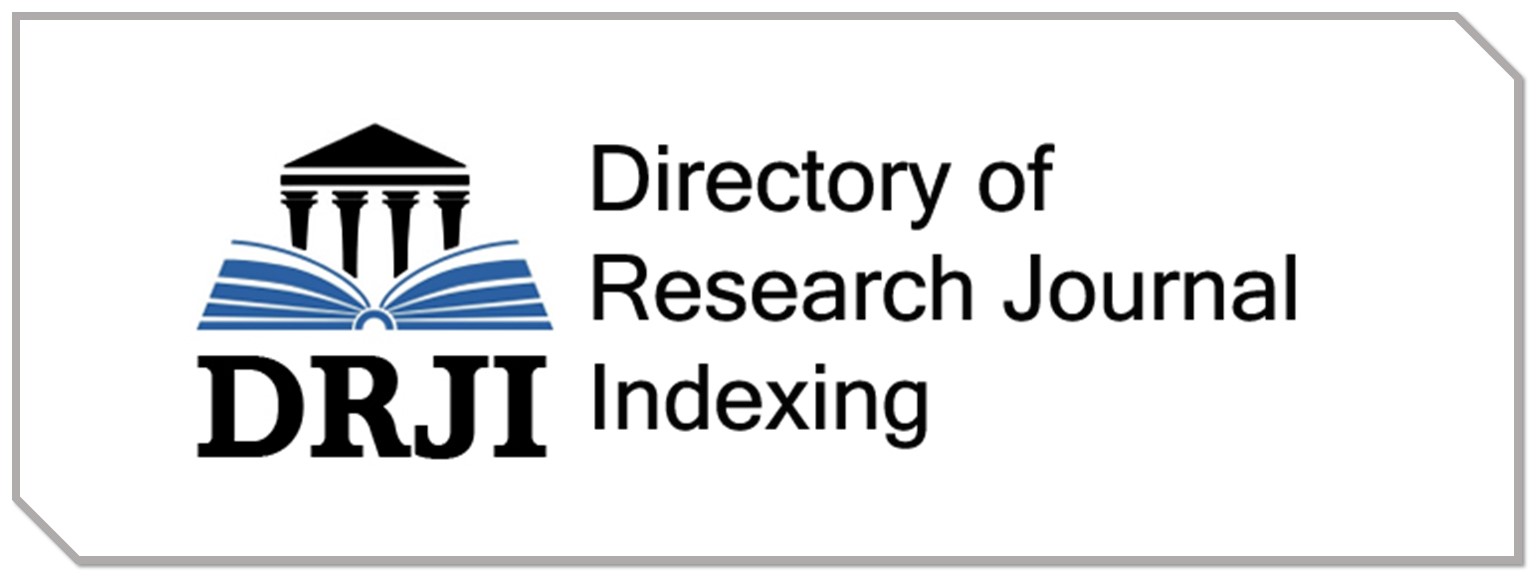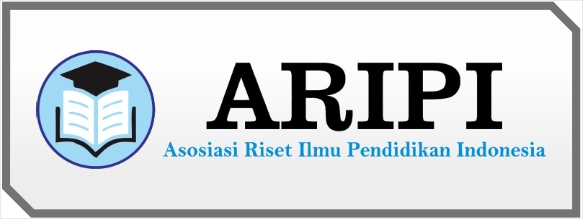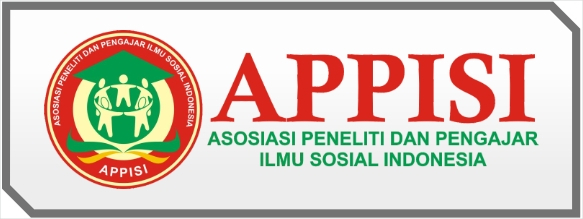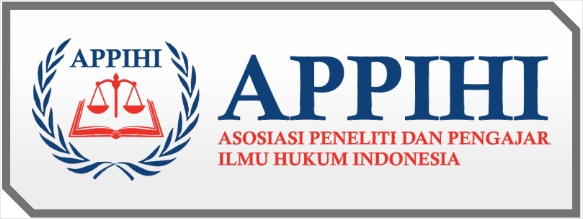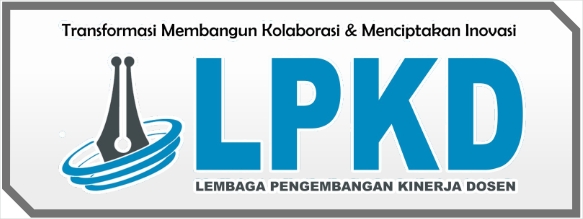Pengaruh Media Sosial Terhadap Gaya Bahasa Dalam Penulisan Bahasa Indonesia Pada Remaja
DOI:
https://doi.org/10.55606/inovasi.v3i1.2734Keywords:
Social Media, Influence, Teenagers, Indonesian WritingAbstract
Language is a system of arbitrary vocal symbols for communication in human life, both individually and socially collectively. The influence of social media on teenagers' language styles is an increasingly important and relevant research topic in this digital era of conveying opinions and accessing information. This use of social media not only influences their social interactions, but also influences the language style used in writing Indonesian. In this way, this research aims to find out whether there is an influence of social media on language style in writing Indonesian among teenagers. The research design is descriptive quantitative. A set of questionnaires and observations were used to collect research data. The findings of the needs analysis show that most of these social media have an influence on Indonesian writing. In this study, 30 respondents were used by teenagers from Karang Taruna Mandiri, Karangan Village and used total sampling. in the reliability test 0.703 which shows reliability.
References
Abdullah, Karimudin, dkk. 2021. Metedologi Penelitian Kuntitatif. Aceh : Yayasan Penerbit Muhammad Zaini.
Erwin Jusuf Thaib. 2021. Problematika Dakwah Di Media Sosial. Sumara Barat : Insna Cendekia Mandiri.
Phipip Kottler dan Kevin Lane Keller. 2016. Handbook of Research Adversiting Strategies In The Social Media Age. Cambridge: IGI Global .
Sugiyono. 2013. Metode Penelitian Kuntitatif., Kulitatif, dan Kombinasi (Mixed Methods). Bandung : Alfabeta.
Varinder Ttaprial dan Priya Knawar. 2012. Understanding Social Media. London : Ventus Publishing APS.












